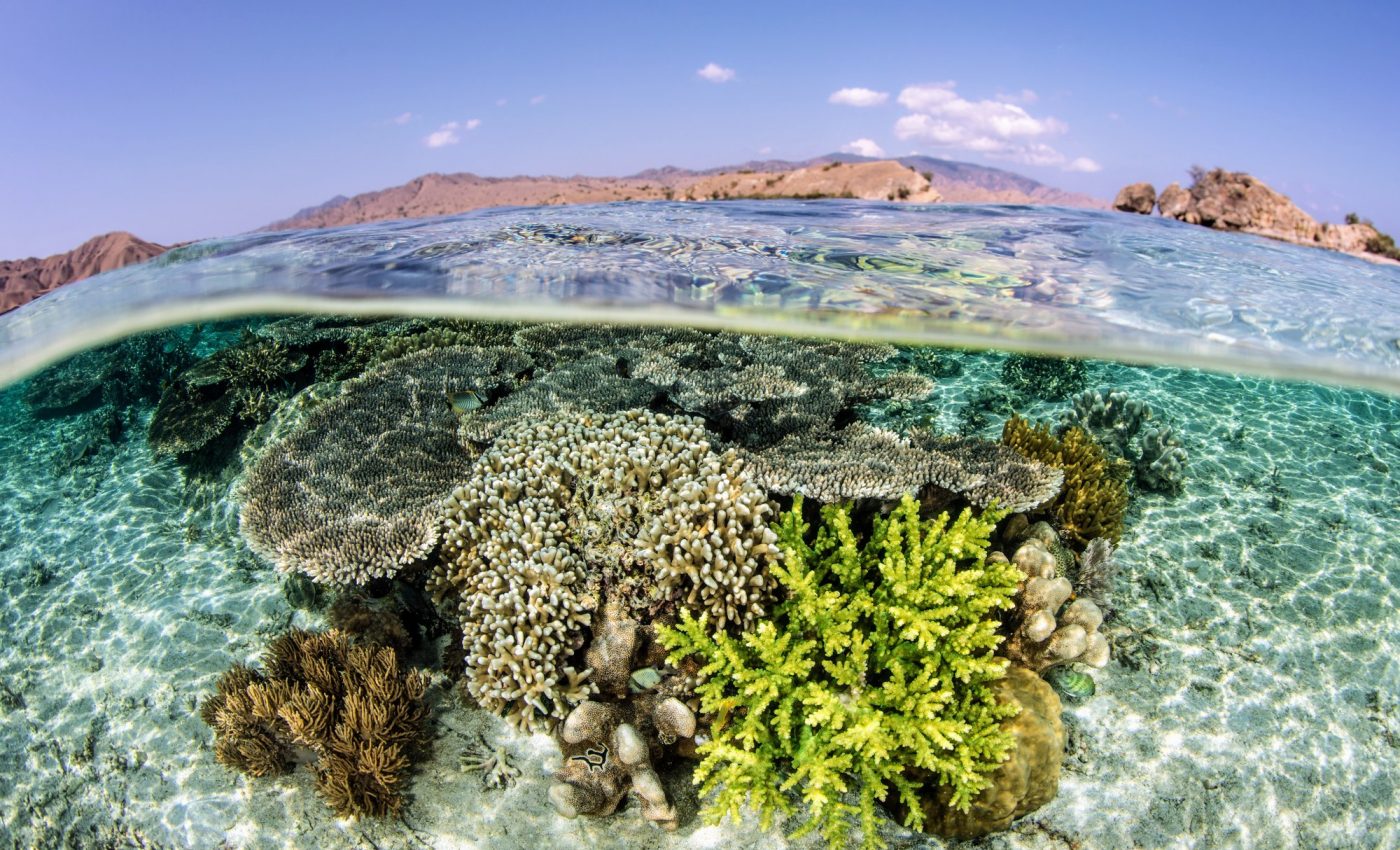
Marine heatwaves escalate coral bleaching threats
The fight against climate change has taken the spotlight in recent years, as well as the vulnerability of our oceans’ coral reefs to coral bleaching.
A group of international researchers recently discovered that marine heatwaves pose a much graver threat to these ecosystems than we initially thought.
The team found that marine heatwaves will not only last longer, causing prolonged periods of severe bleaching, but will also disrupt the coral spawning cycle – putting thousands of coral species at risk.
Early onset of coral bleaching
In a revolutionary study, Dr. Camille Mellin and her team from the University of Adelaide’s Environment Institute used advanced climate modeling and supercomputing to anticipate future marine heatwaves.
The alarming results show that by 2080, coral bleaching is likely to commence in spring, rather than late summer.
The shift in timing could spell disaster for coral reproduction. In many regions, corals spawn once a year – precisely in spring. The overlap of bleaching with this crucial event could wreak havoc on a multitude of coral species.
The mechanism behind coral bleaching
But what exactly is coral bleaching, and why does it matter? Corals bleach when they undergo stress – usually because of marine heatwaves – causing them to eject the beneficial algae living in their tissue. This process leaves corals white, weakened, and more susceptible to disease.
It’s worth noting that while widespread coral bleaching has only recently become a spotlight issue, four global mass bleaching events have occurred since 1998, with the most recent two events happening in this decade.
A hotspot of risk: The equator
The projections also pointed to the equator as a hotspot for future bleaching risk, including areas home to the most biodiverse coral reefs. For example, regions like Indonesia’s Coral Triangle could face near-constant bleaching conditions by the end of the century.
This finding is particularly concerning because marine species in these regions are already living close to their upper tolerance levels for temperature.
These species won’t be as well equipped to tackle accelerated climate change and, therefore, will be highly susceptible to extinction.
Implications for coral conservation
The ripple effect of this environmental threat extends to humans, too. Low-latitude coral reef regions are crucial for food and nutrition for millions worldwide. Local populations also depend heavily on coral reef fisheries for income.
These projections aren’t just doom and gloom, though. They also offer a crucial tool for planning conservation strategies. By identifying regions of lower bleaching risk, resource managers can prioritize coral conservation actions to save as much of these vital ecosystems as possible.
Such preventative actions were emphasized by Professor Scott Heron, a co-author of the study. He stated that the validated projections of future coral bleaching risk, based on daily marine heatwave forecasts, represent a significant advancement over previous models.
These next-generation projections will be key to designing conservation strategies aimed at protecting and restoring coral reefs in regions at lesser risk of future climate change – areas where conservation success is most likely to be achieved.
The study is published in the journal Science Advances.
—–
Like what you read? Subscribe to our newsletter for engaging articles, exclusive content, and the latest updates.
Check us out on EarthSnap, a free app brought to you by Eric Ralls and Earth.com.
—–













